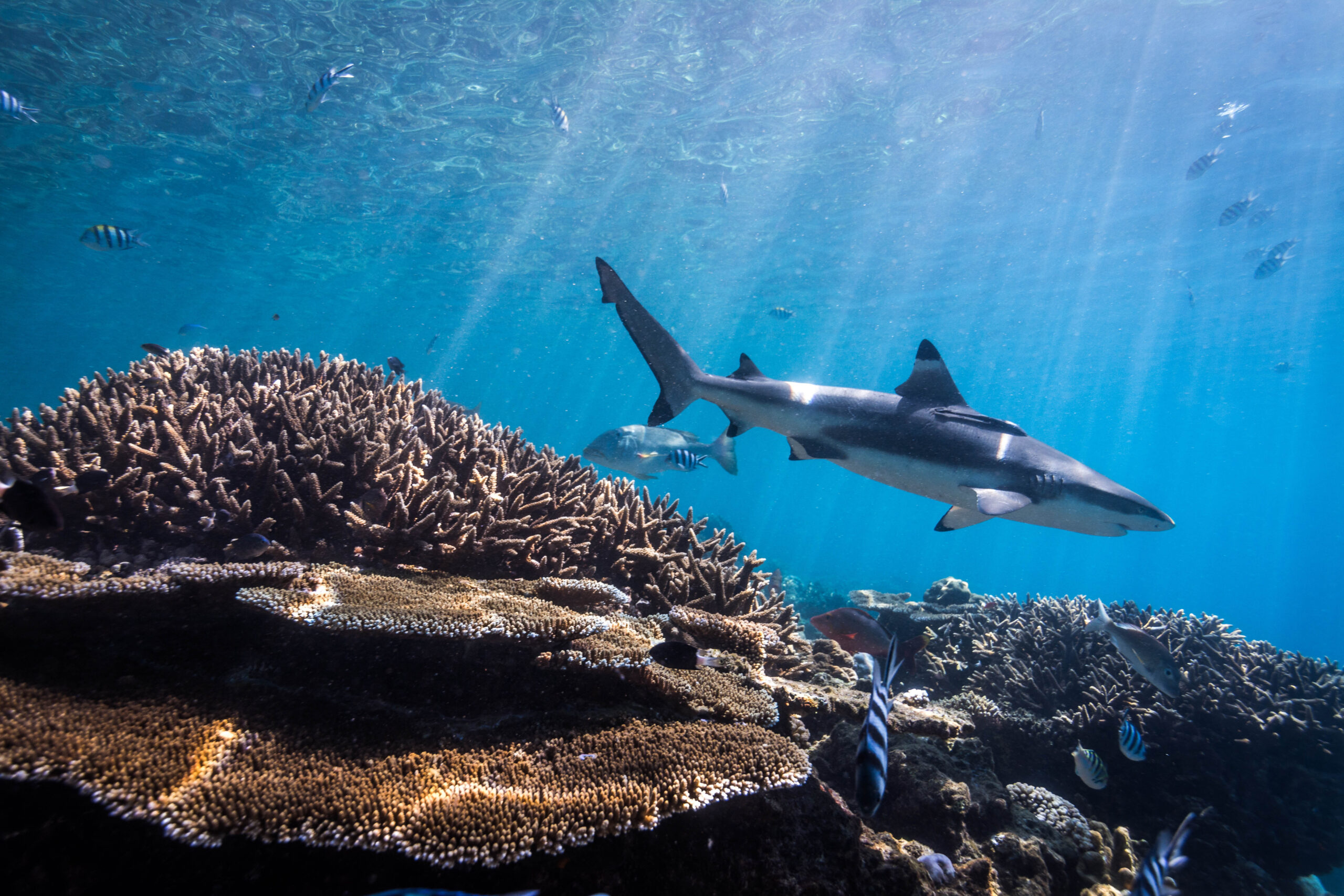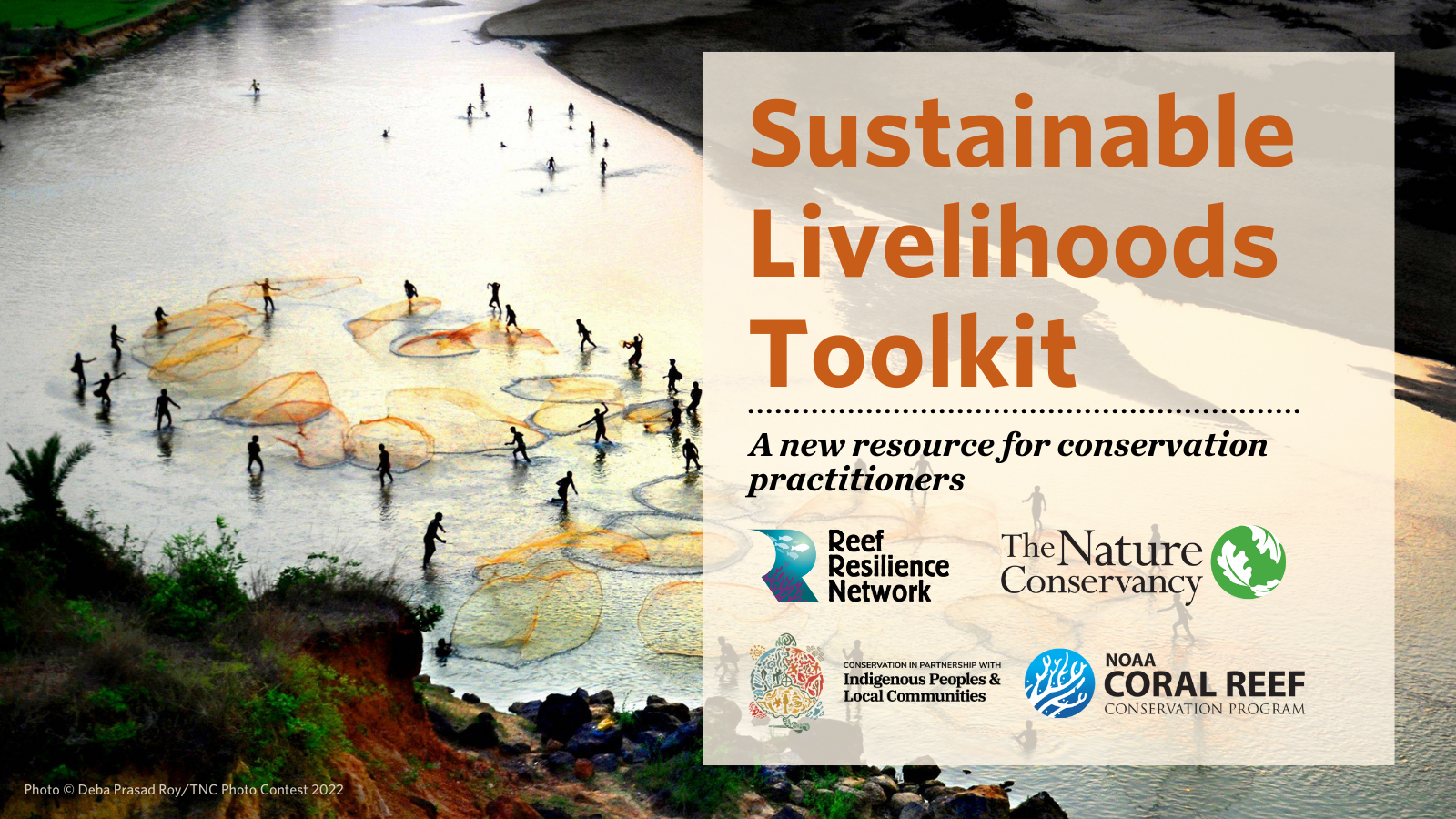In this study, the authors synthesized the available knowledge in a comprehensive global review of coral restoration methods, incorporating data from the peer-reviewed scientific literature, complemented with grey literature and through a survey of coral restoration practitioners. Results showed that coral restoration case studies are dominated by short-term projects, with 60% of all projects reporting less than 18 months of monitoring of the restored sites. Similarly, most projects are relatively small in spatial scale, with a median size of restored area of 100 m2. A diverse range of species are represented in the dataset, with 229 different species from 72 coral genera. Overall, coral restoration projects focused primarily on fast-growing branching corals (59% of studies), and report survival between 60 and 70%. To date, the relatively young field of coral restoration has been plagued by similar ‘growing pains’ as ecological restoration in other ecosystems. These include 1) a lack of clear and achievable objectives, 2) a lack of appropriate and standardized monitoring and reporting and, 3) poorly designed projects in relation to stated objectives. This review provides critical definitions of restoration and eight methods used for restoring coral reef ecosystems. The data from this study has been made available through an open-access database and visualization, which can both be accessed here.
Authors: Lisa Boström-Einarsson, L., R.C. Babcock, E. Bayraktarov, D. Ceccarelli, N. Cook, S.C.A. Ferse, B. Hancock, P. Harrison, M. Hein, E. Shaver, A. Smith, D. Suggett, P.J. Stewart-Sinclair, T. Vardi, and I.M. McLeod
Year: 2020
View Full Article
PLoS ONE 15(1): e0226631


